Rammer vs Compactor: Which is Better for Soil Compaction
Soil compaction is required to enhance the bearing capacity and stiffness of naturally occurring or chemically changed soils. Compaction enhances soil shear strength by increasing friction caused by particle interlocking. Soil settling is decreased in the future by improving stiffness and reducing cavities, resulting in densified soil. The elimination of voids lessens the likelihood of the soil settling, shrinking, or expanding, as well as water seepage, which would result in detrimental shrinking and swelling soil qualities. The shrink / swell qualities of the pavement construction damage it, causing it to break prematurely.
Rammers are used in restricted areas on cohesive/clay soils, plate compactors are used in confined areas, mainly to compress sand and gravel-type soils, and trench compactors are used in trenches or wider areas and near buildings on cohesive soils. Many considerations will influence the sort of equipment you select for your project.
In this article, we will discuss the functioning and use of rammers and compactors for soil compaction and critically analyze the key differences among them.
Contents
Rammer
Tamping rammers are machines that are used to compress various types of dirt in various building circumstances. It uses impacts to level and compresses the soil’s surface evenly.
How does it work
Tamping rammers are made up of four parts: a torque-producing machine, a gear, a spring encased in the cylinder, and a plate foot or shoe.
The engine or electric motor provides torque, which is subsequently transferred as a reciprocating motion to the crank gear. The crank gear eventually transmits this action to the shoe or foot through a spring wrapped within a cylinder. As a result, a vibrating motion is created in the tamping rammer’s foot.
Advantages of using a rammer for soil compaction
- The rammer is ideal for various applications because of its tiny size and mobility.
- The rammer’s narrower footprint allows it to condense a higher thickness of the material, around 10″ every pass.
- A rammer is ideal for compacting cohesive soil because its ramming motion eliminates air pockets and seals the soil together.
Limitations of using a rammer for soil compaction
- You should virtually never use a Rammer on granular soil since the vertical compaction force will not compact it adequately. Instead, it displaces the dirt to either side, drilling down rather than compacting.
- Rammers are not ideal for compacting larger areas of soils
Plate Compactor
A plate compactor comes in a variety of forms, sizes, and attachments, but the basic functions are the same. While not in use, the machine’s core is a hefty, flat plate that lies on the ground. The plate is driven or vibrated by a gasoline or diesel motor. These machines shake the soil, displacing the particles and “locking” them into a non-moving compacted condition.
Advantages of using a plate compactor for soil compaction
- Granular soil is made up of visible bits of rock, pebbles, sand, and finer particles. Granular soil, unlike cohesive soil, does not keep together when compacted and rapidly comes apart when disturbed. But, it compacts quite nicely! A plate compactor is ideal for this sort of soil because it is so effective at transferring the various-sized grains into a stable, locked, compacted condition.
- The plate compactor is more efficient than a rammer since it can work three to four times more quickly. It will also provide a smoother and more uniform finish.
Limitations of using a plate compactor for soil compaction
- Due to its large surface area, it is difficult to maneuver a plate compactor in narrow areas.
- A plate compactor is not a good choice for cohesive soils like clay.
- They are heavier than rammer and would be difficult to move.
- They require more area for their storage.
Differences between a Rammer and a Plate Compactor
Size and weight
In terms of size and weight, plate compactors are always heavier than rammers. They are difficult to move and would require more storage space
Level of compaction
Tamping rammers are more powerful and compress deeper in clay soils, but they cannot be utilized in granular soils. Plate compactors are less powerful but may be used on wider areas and all soils.
Area of Coverage
The plate compactor is frequently the superior choice for compacting a broad area. The huge plate allows you to cover a considerably wider area in less time.
While a plate compactor is ideally suited to granular material, it can also be used on both cohesive and granular soil, therefore it makes little difference what soil type your huge task comprises. But, if you are compacting thick soil, you might consider compacting in layers or switching to a tamping rammer. Nevertheless, if you’re working with granular soil, the tamping rammer will produce a hole instead of properly compacting the earth, thus you’ll have to use the plate compactor one layer at a time.
Application areas
Tamping rammers work well on clay soils and in limited areas. They compress the earth by impacting it. Plate compactors, which use vibration to crush gravel, sand, or silt, are best suited for bigger regions. When deciding between a tamping rammer and a plate compactor, consider the soil type and the size of the project.
Conclusion
Compaction of soil is necessary to improve the bearing capacity and stiffness of naturally existing or chemically altered soils. A rammer is often excellent for trench excavation in cohesive soil. Its design makes it easier to maneuver, and the smaller, more concentrated plate allows for deeper compaction, so you won’t have to make many passes to crush the material in deep pits or holes.
A plate compactor is often the best solution for compacting granular soils across vast, flat regions. Its greater plate size and vibrating nature allow for more uniform layers across a broader area.
The primary distinction between a rammer and a plate compactor is the manner of compaction. A plate compactor employs vibration to assist dirt condensing, whereas a rammer compacts soil by striking it with force.

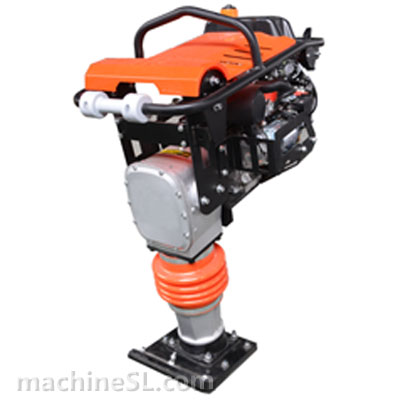
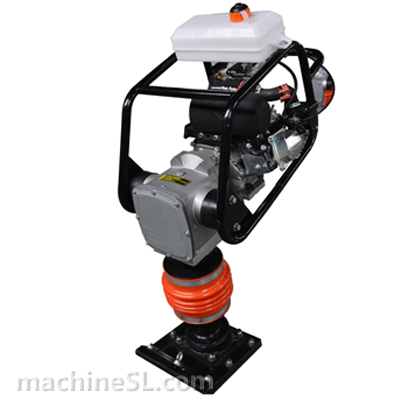
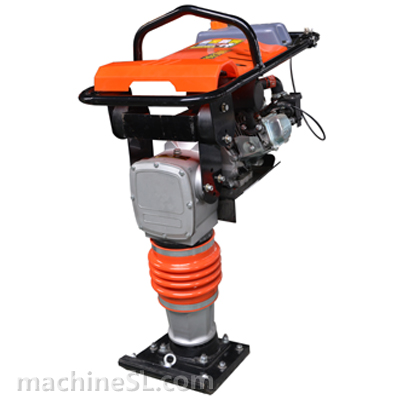
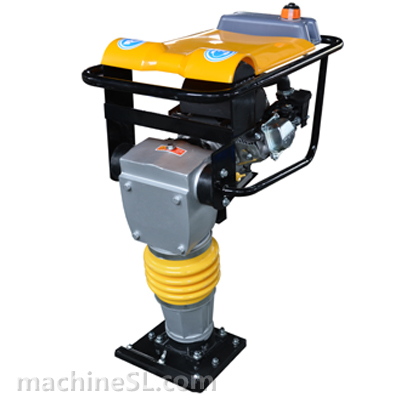
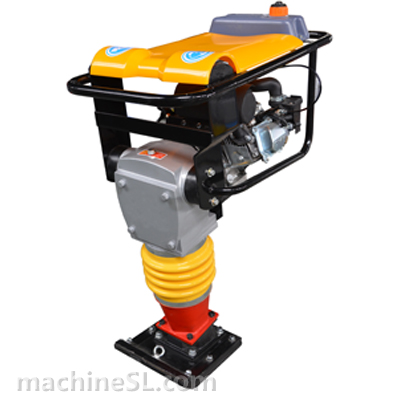
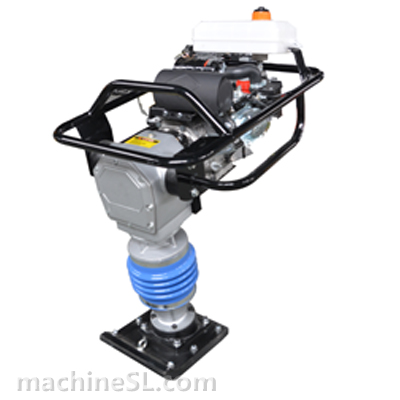
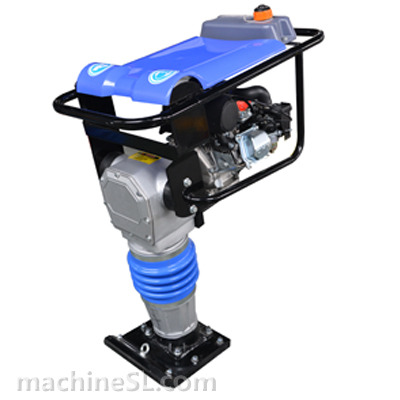
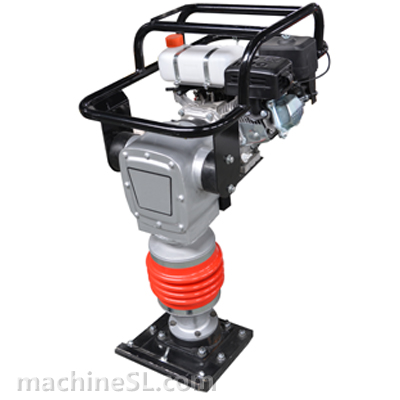
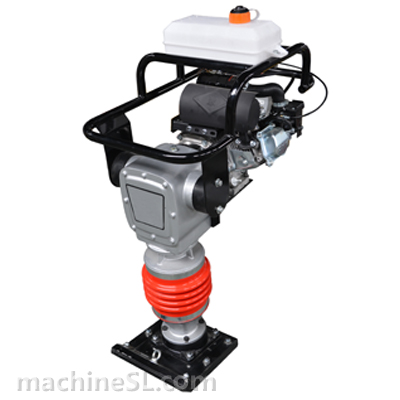
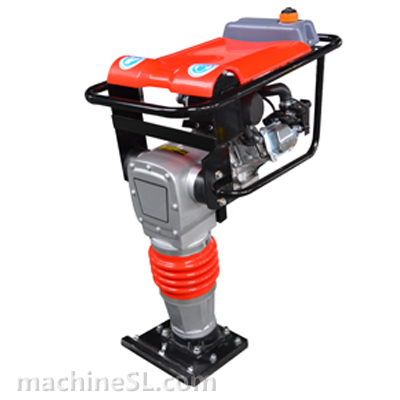
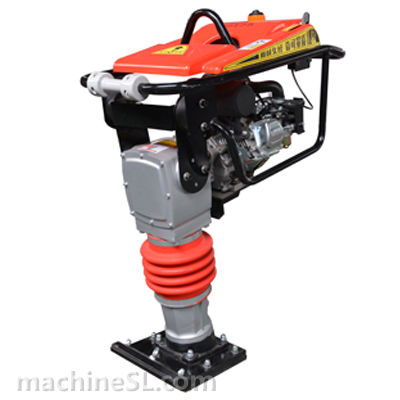
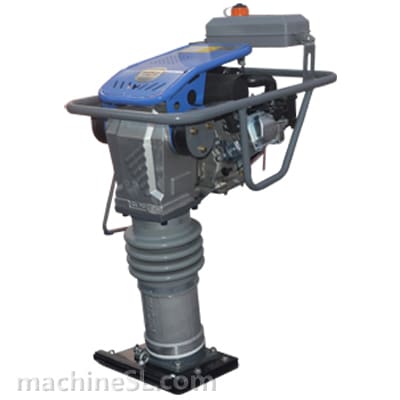
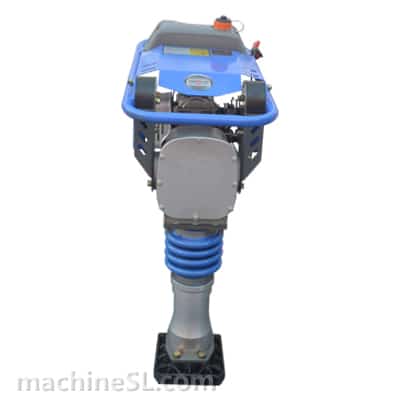
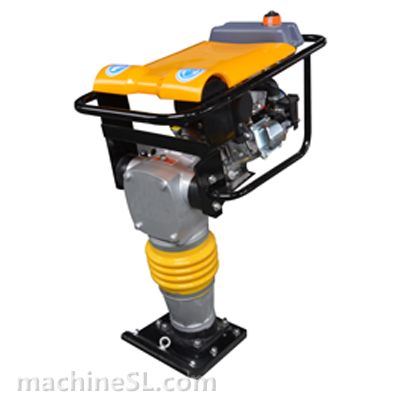
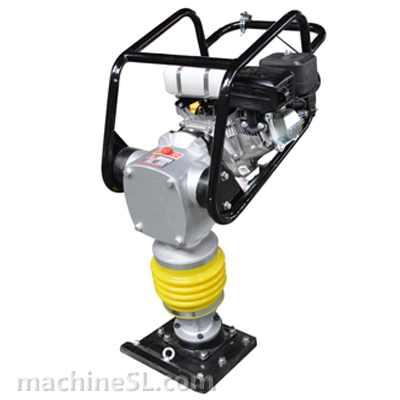
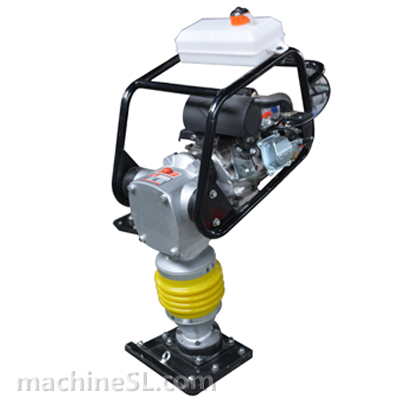
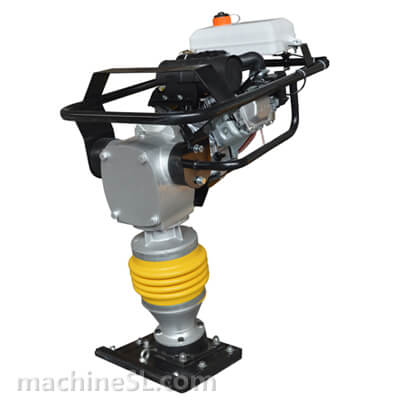
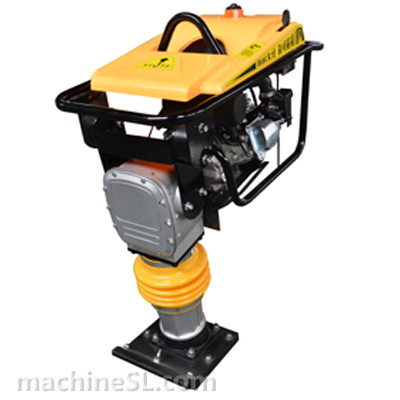
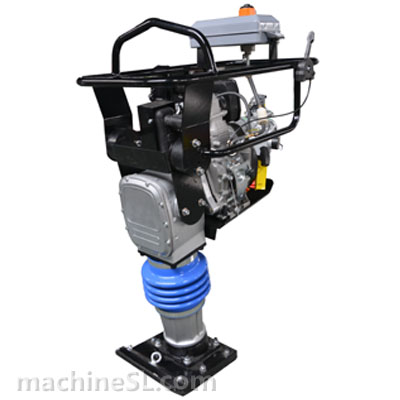
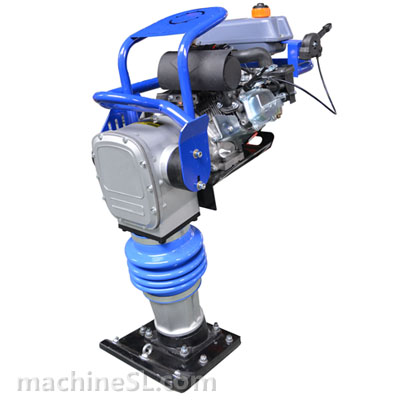
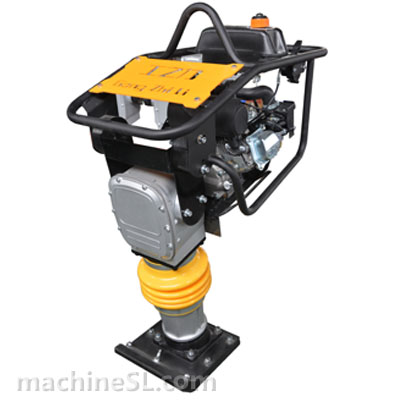
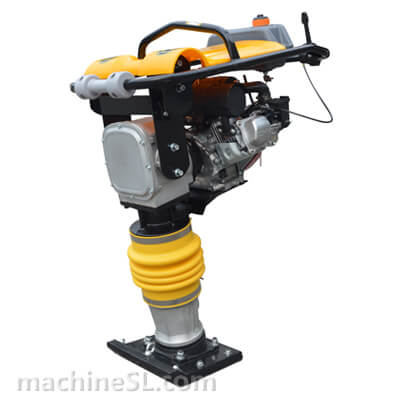
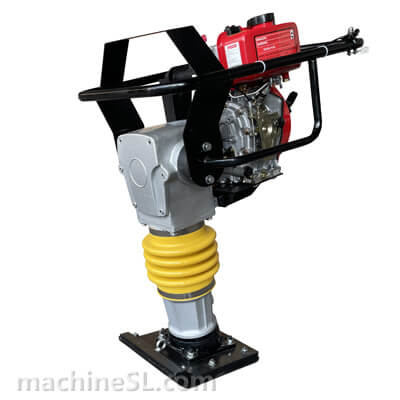
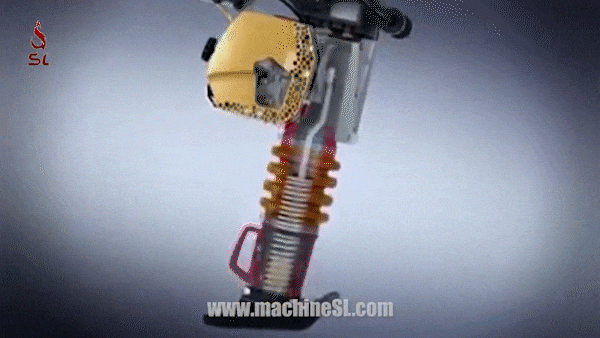
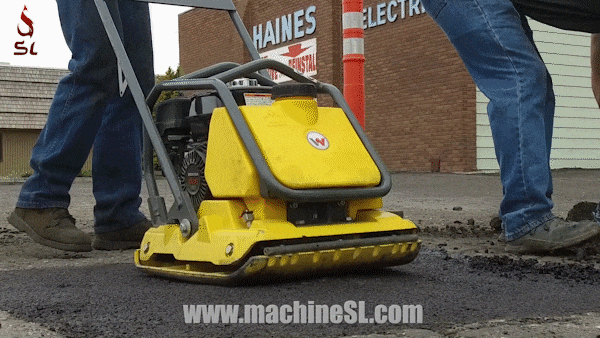
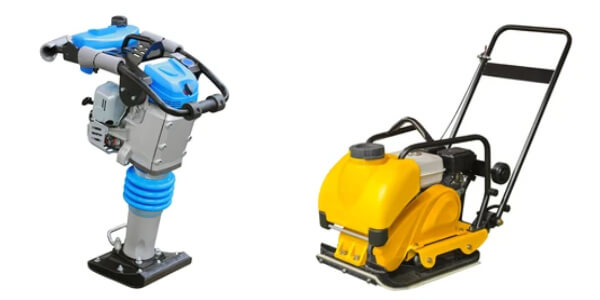

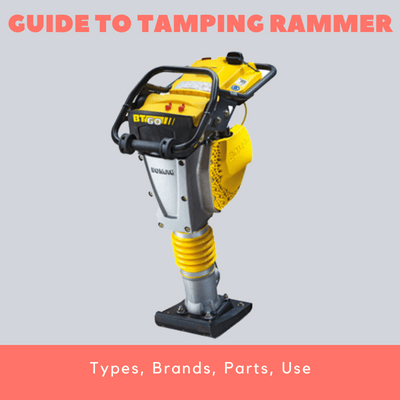
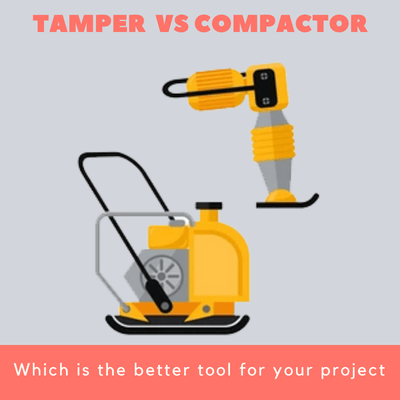
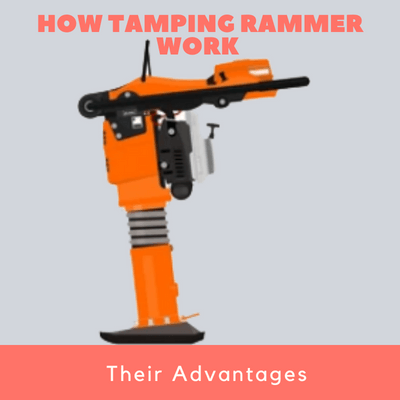
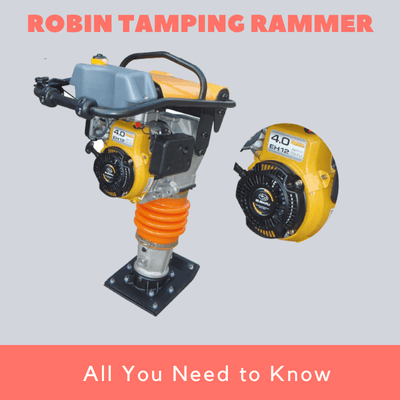
Leave A Comment